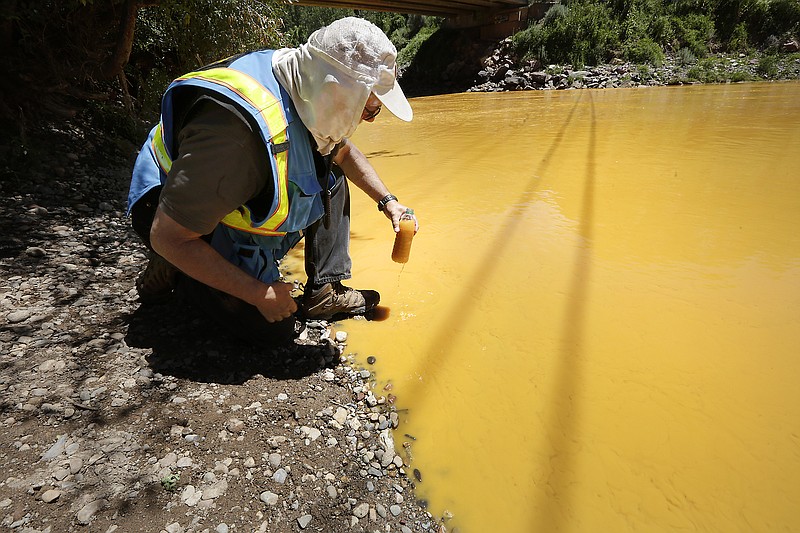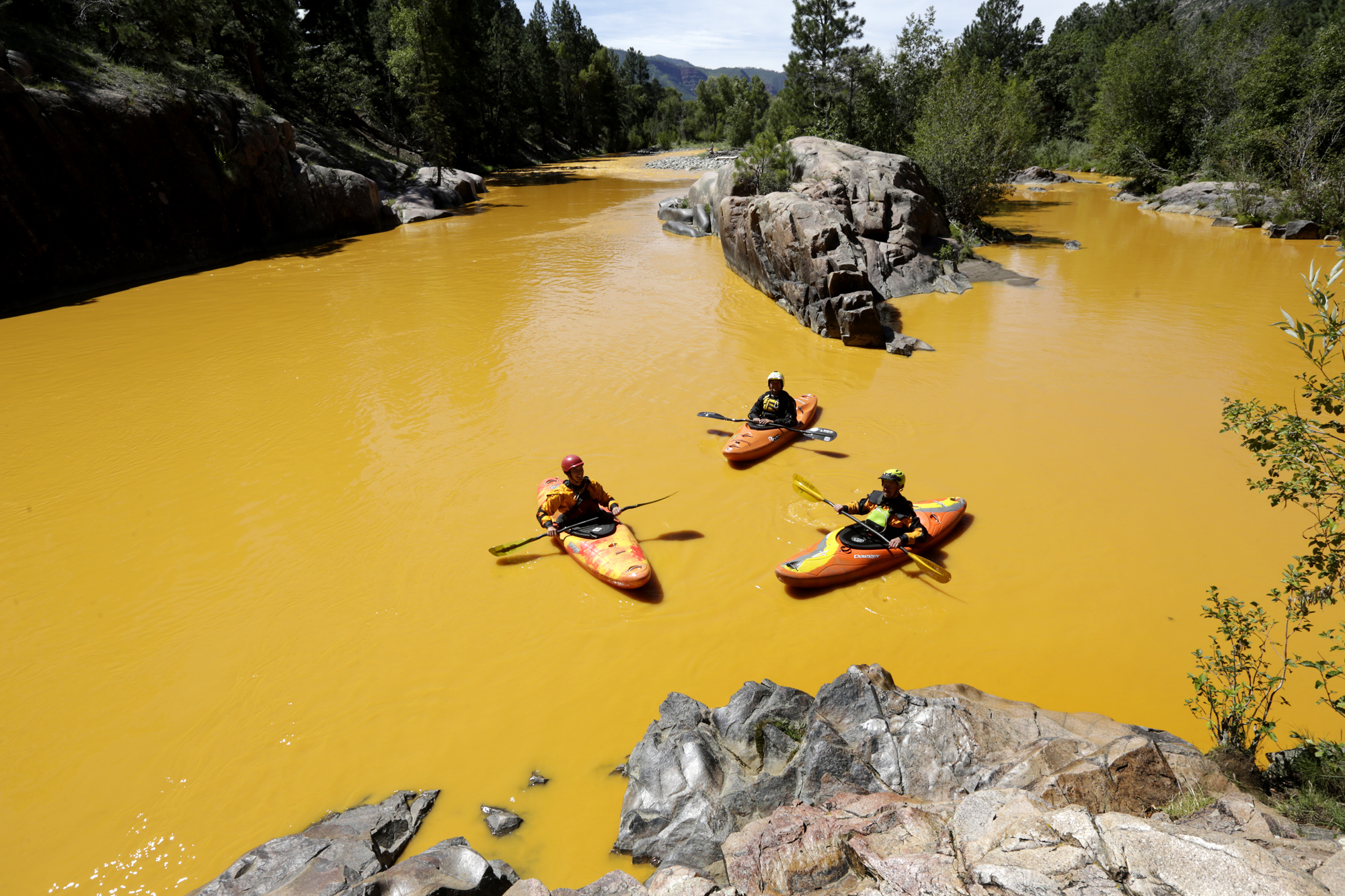Twenty-one "youth plaintiffs" - ages 8 to 19 - sued the federal government on Wednesday, walking a first-of-its-kind constitutional claim up the courthouse steps in Eugene, Ore.
The youngsters' lawsuit argues that inaction on climate change is a violation of their right to life, liberty and property. And they demand that President Obama, seven federal departments and the Environmental Protection Agency act immediately to preserve the climate for "future generations."
Meanwhile, NASA has launched an urgent, five-year, $30 million study to help scientists test out the accuracy of an alarming new study released last month concluding the glaciers of Greenland and Antarctica will melt 10 times faster than previous estimates. If that happens, ocean levels could rise 10 feet in as little as a half century.
NASA's new mission, known as Oceans Melting Greenland - yes, Operation OMG - is designed to help scientists determine the melt-rate with unprecedented accuracy.
"I barely got that name by the censors," acknowledged Joshua Willis, an oceanographer at NASA's Jet Propulsion Laboratory and the project's principal investigator. "But OMG is kind of the perfect expression for this line of research."
He's right. And so are the kids - one of whom is the granddaughter of another climate researcher, James Hansen, who headed NASA's Goddard Institute for Space Studies for more than 30 years and first warned Congress of global warming in 1988. Earlier this month, Hansen called President Barack Obama's Clean Power Plan too little, too late - but Hansen didn't say it that nicely.
"The actions are practically worthless," he said. "They do nothing to attack the fundamental problem." Hansen likened the president's plan to that of "the fellow who walks to work instead of driving, and thinks he is saving the world."
Frankly, everything we've done as a national policy in the field of environment fits in the category of too little, too late.
Take the hundreds of miles of yellow/orange rivers we witnessed in Colorado, New Mexico, Utah and Arizona during the past week. We've have shaken our heads as camera crews in helicopters flew and filmed first the Animas River, then the San Juan River, then Arizona's Lake Powell and the Colorado River as 3 million gallons of gold mine sludge laced with arsenic, lead and other toxic metals turned normally blue water to a sickly mustard color. Preliminary testing data from the U.S. Environmental Protection Agency found arsenic levels in the Durango area of the Animas River were, at their peak, 300 times the safe normal level, and lead was 3,500 times the safe normal level.
It was a contractor for the EPA - the very agency normally in the position of responding to toxic disasters - that accidentally caused this one. A team was investigating the abandoned Gold King mine, said to be roughly 1.5 miles long and about 700 feet tall at its highest point. For years the mine, abandoned for nearly a century, leaked toxic water at a rate of 50 to 250 gallons a minute. And why? There should be no surprise here: There were no mining regulations to separate and treat mining sludge in the West until the 1970s.
Yes, you read that right. The 1970s - long after this mine closed in 1920. Last week, the world's unluckiest EPA team planned to find the source of the mine's leak in the hope of one day stopping it. Instead, as workers used a backhoe to hack at loose material, a surprise deluge of orange water ripped through, spilling into Cement Creek and flowing into the Animas. An EPA engineer said the team misjudged the pressure of the built-up sludge held by the mine.
We in East Tennessee know about this sort of problem - too little, too late.
We watched the achingly slow five-years-plus cleanup of a 2008 coal ash spill near Kingston, Tenn. But instead of 3 million gallons of gold-mining sludge, TVA's faulty 60-foot-high earthen berm holding in 50 years of liquid, toxic coal waste from making electricity collapsed and spilled the equivalent of 1.1 billion gallons of silica-laced muck over more than 300 acres and into in the Emory River.
In a run of less than five miles, the Emory flows to the Clinch River and then to the Tennessee River. Even today, TVA is still studying the effect of leaving 500,000 cubic yards of toxic ash in the Clinch and Tennessee rivers, where it has mixed with decades-old radioactive pollution from the Department of Energy's nearby Oak Ridge nuclear reservation.
There was no Clean Water Act or Clean Air Act when the Kingston Fossil Plant was completed in 1955.
But don't be lulled to give up by the too-little, too-late head shakes. Better now than never. And better to keep the regulations that came later rather than sooner - despite calls from some in Congress, mostly Republican, to repeal or gut the Clean Water Act, the Clean Air Act, and of course the Clean Power Plan.
These brave young people in Oregon and their parents and grandparents are right to be suing.
Let's hope they aren't too little, too late.

